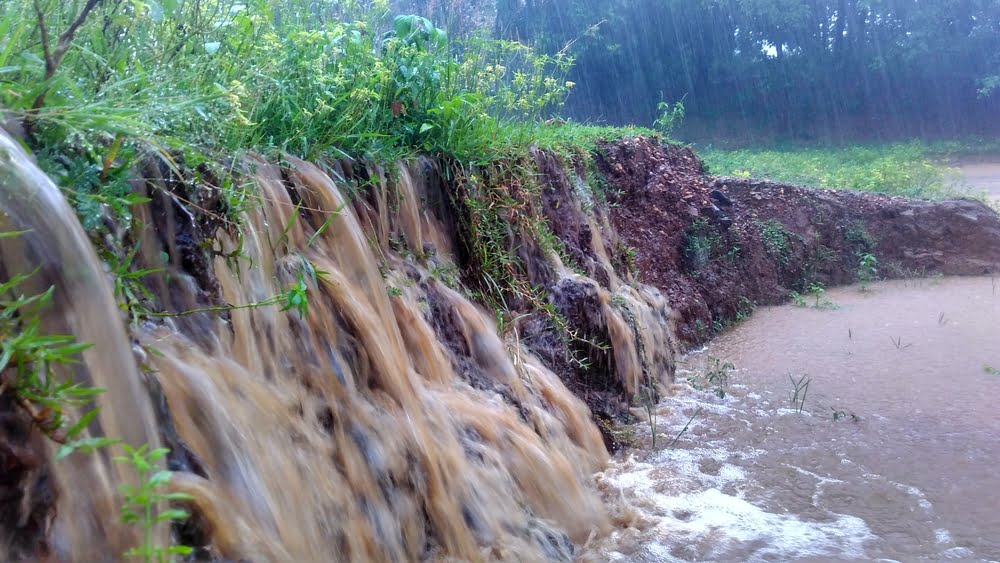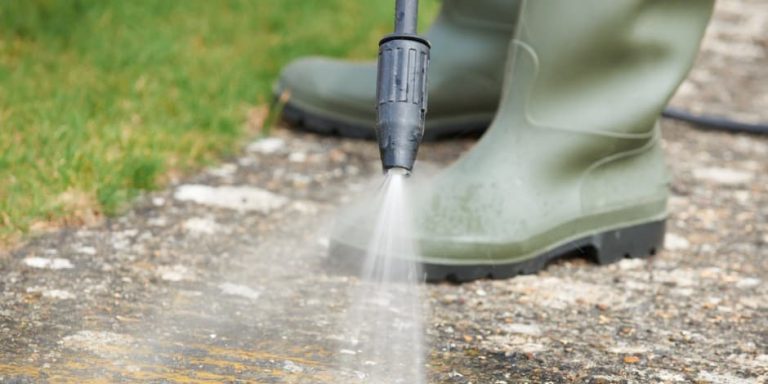
Power washing is a powerful and efficient method for cleaning everything from driveways to siding—but when it comes to landscaped areas, it can unintentionally cause more harm than good. One of the most overlooked consequences of power washing is its contribution to soil erosion, especially in carefully maintained lawns, flower beds, and slopes.
💨 What is Soil Erosion?
Soil erosion is the gradual removal of topsoil due to forces like water, wind, and human activity. It’s a natural process, but it becomes accelerated and destructive when high-pressure water from a power washer hits exposed soil or weak root structures.
Landscaped areas are particularly vulnerable because they often feature:
- Light, nutrient-rich topsoil
- Mulch or loose organic matter
- Delicate root systems
- Decorative borders or edging that can be displaced
When pressure washing is used too close to these areas, the powerful stream of water can strip away the protective layer, leaving the soil exposed to further erosion by rain or wind.
Browse Amazon Here For Top Rated Power Washers And Accessories
⚠️ Real-World Examples of Damage
Let’s break down some common scenarios where soil erosion caused by power washing is likely:
- Washing a patio near a flower bed: Water runoff can flood into the bed, displacing soil, mulch, or even uprooting small plants.
- Cleaning a walkway on a slope: Gravity and water pressure work together to push loosened soil downhill, leaving behind trenches or gullies.
- Blasting dirt off retaining walls: The jet of water may undermine the wall’s base or wash away the soil packed behind it, compromising structural integrity.
🌍 Why It Matters Environmentally
You might think the issue ends with a messy yard, but there’s more at stake. Soil erosion has broader environmental consequences, including:
- Sediment pollution in waterways: Soil carried by runoff often ends up in storm drains, streams, or lakes, clouding water and harming aquatic life.
- Nutrient loss: The first layer of soil is rich in organic matter—essential for healthy plant growth. When it’s washed away, your landscaping suffers.
- Increased flooding: Compacted, eroded soil absorbs less water, leading to water pooling or surface runoff that contributes to flash flooding.
💡 Best Practices to Prevent Soil Erosion While Power Washing
If you’re planning to clean around a landscaped area, here’s how to minimize erosion risks:
✅ Use lower pressure settings near gardens and loose soil
✅ Aim the nozzle away from flower beds and slopes
✅ Pre-wet the surrounding soil to minimize disruption
✅ Lay down tarps or splash guards to block runoff
✅ Sweep first to remove debris without water
✅ Redirect runoff to areas that can safely absorb it, such as gravel patches or grassy zones
👷♂️ Consider Professional Help
If you’re unsure about how to power wash safely near landscaping, hiring a professional who specializes in eco-conscious pressure washing might be the smarter option. They’re equipped with low-pressure tools and runoff management systems designed to protect both your property and the planet. 🌍
✅ Conclusion
Power washing doesn’t have to lead to soil erosion, but it certainly can if done carelessly. Being mindful of your surroundings, adjusting pressure, and managing runoff can help you enjoy a spotless outdoor space without wrecking your landscaping—or the environment. 🌳💧
Browse Amazon Here For Top Rated Power Washers And Accessories






